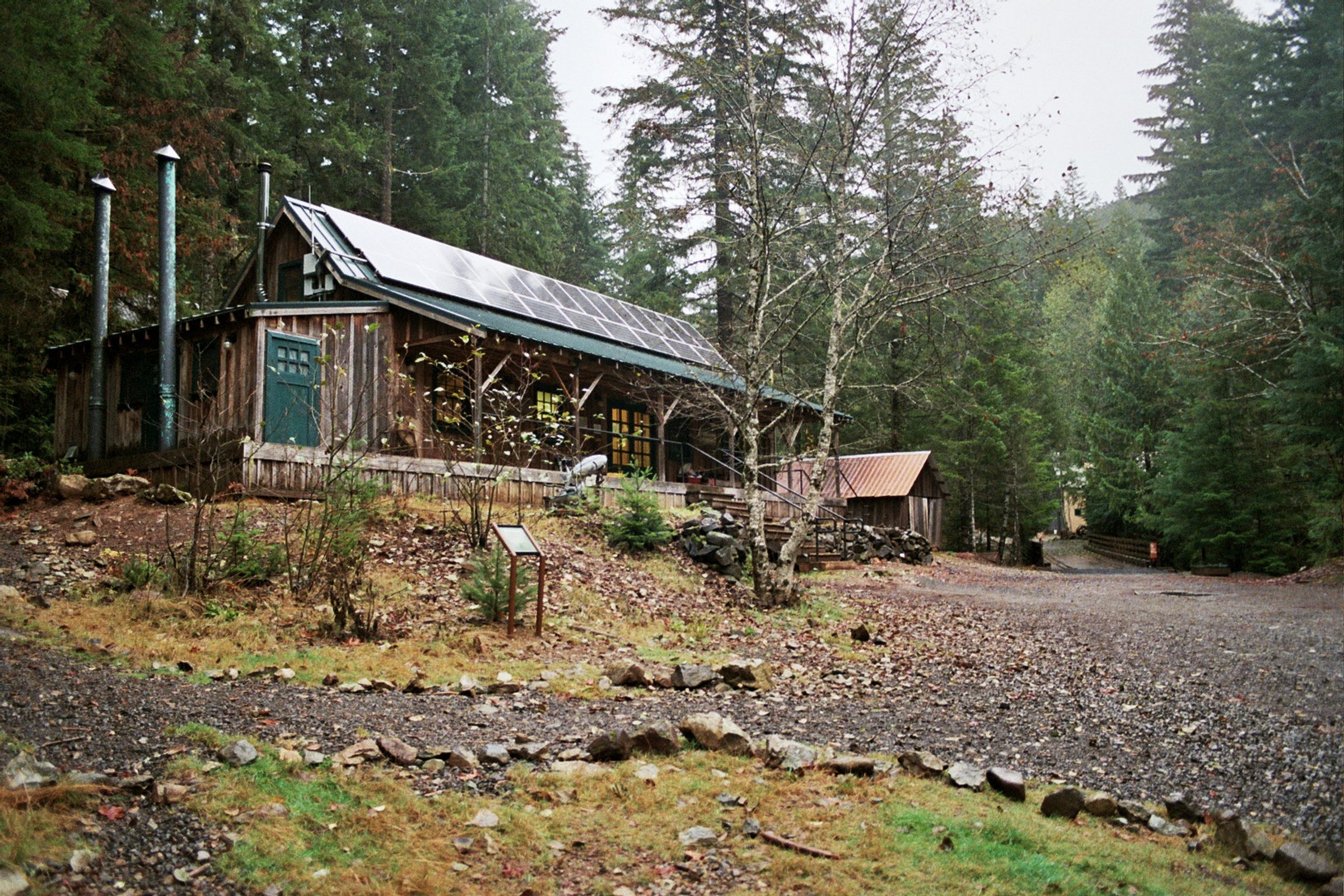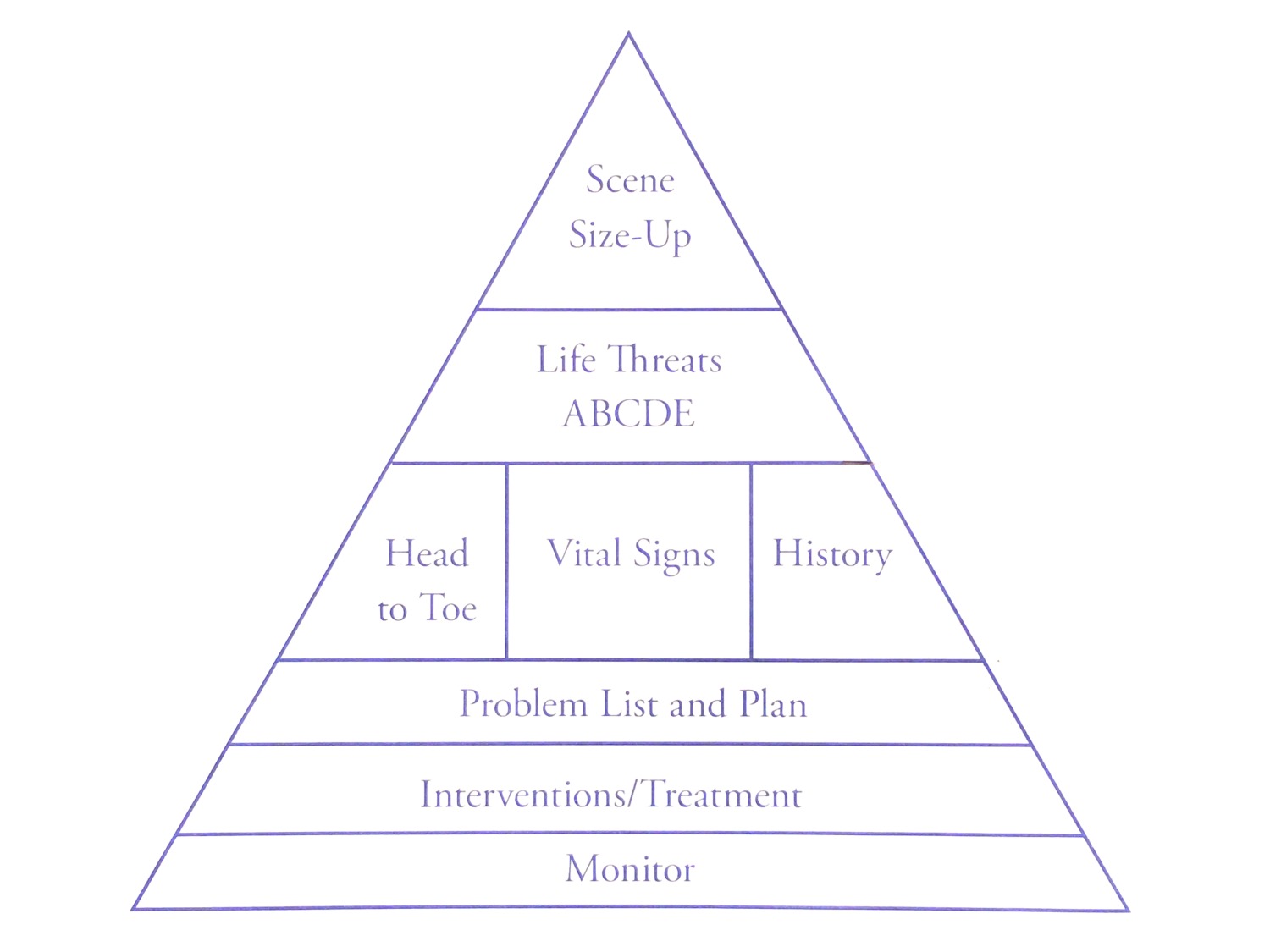
When it comes to being prepared on ski tours, emphasis tends to be more around avalanche safety and route planning than wilderness medicine. But, should an accident occur, wilderness medicine and the associated rescue plan are crucial given the extended rescue response times in the backcountry.
A Wilderness First Responder certification, also known as a ‘WFR’ (pronounced “woofer”), prepares students to mitigate certain medical concerns and/or musculoskeletal injuries by means of in-class lectures and scenario-based learning. Although many outdoor leadership schools offer this course, the comments below pertain specifically to the instruction received from NOLS and the Wilderness Medicine Institute.
‘Caring’ for patients is a loose term, and the extent of its meaning in a WFR context reaches only so far as assessing, stabilizing, and/or evacuating patients in a wilderness setting. To be clear: a WFR course is not a survival class – you won’t learn how to make fire or build makeshift shelters. And, no—a WFR certification doesn’t qualify you as a medical professional. But, if you frequent the outdoors regularly (be it for recreation or for work), the knowledge you gain will become an invaluable resource for both you and those around you.
Daily agendas vary, but students can expect ~8-10 hours of instruction each day – rain or shine, light or dark. Any given day covers a variety of topics, complemented by four or five scenario-based lessons in which students participate as a victim, a single-person rescuer, or a multiple-person rescue team.
Course topics range from medical issues (cardiac, diabetic, allergic, altitudinal, psychological) and musculoskeletal issues (traumatic, fractures/breaks, dislocations, spinal injuries), all the way to organizational/communications concepts (leadership, SAR tactics, decision making) and legal considerations. See here for an outline of what you can expect.
The cornerstone of a Wilderness First Responder’s training lies in the Patient Assessment System (PAS). Whether you’re a bystander who witnessed an event or a third party chancing upon the scene, effectively and efficiently assessing your patient(s) is the most crucial step in caring for your patient and getting them to more definitive care.
The crucial components of the PAS lie in the top two areas: scene size-up and the identification (and possible treatment of) life-threatening issues relating to a patient’s airway, breathing, and circulation. The components of the PAS that follow allow responders to develop as much background as they can on a given patient in order to allow for a smoother, more informed handoff to more advanced medical professionals or search & rescue teams.

The Patient Assessment triangle, as taught by NOLS and the WMI
At the completion of the ten-day course, students undergo both a written and a practical exam prior to receiving their certification. Certification is valid for two years from the testing date, and 3-day recertification courses can be taken within that two-year period. Should a certified WFR miss their recertification deadline, they are pardoned with a one-year grace period to re-certify; otherwise, students are required to retake the ten-day WFR course.
Wilderness First Responder courses require a good deal of commitment, both from a scheduling and financial standpoint. WFR courses require a 10-day commitment – or, the equivalent of 100 hours of instruction – and they range anywhere from $700 - $1,400 depending on course location and the inclusion of room & board (if applicable). For those who are looking for an incremental commitment, consider a Wilderness First Aid course (WFA) to start. These courses typically take place over the course of a weekend – with 16 hours of instruction – and range anywhere from $175 - $500 depending on course location and the inclusion of room & board. If going the WFA route, be sure your course includes CPR instruction & certification.
In starting for your first wilderness first aid course, a few things to keep in mind to ensure both you and your classmates get the best experience:
Encourage/inspire practice outside of class hours
Participate meaningfully – talk to people, ask questions at appropriate times, volunteer, and understand that a classroom setting is the perfect time to learn from mistakes.
Take your course in a unique geological environment; a place that makes you uncomfortable, or a wilderness setting you’d typically frequent.
Act confidently, and with purpose. Be conscious of any unnecessary display of hesitation/uncertainty.
Be okay with open-ended answers; you’ll find that the most common answer to your questions will be the phrase ‘it depends’.
Hut Tripper aims to be the go-to hub for backcountry hut exploration, crowd-sourced beta, and trip planning resources geared toward winter backcountry travelers. We're backcountry enthusiasts, ourselves, combining our love for alpine skiing, the wilderness, and adventure.
We exist to empower new & existing backcountry travelers to explore the mountains in a responsible and informed way, consolidating winter backcountry accommodations as far east as the Rockies and detailing each with an ever-evolving list of hut details and beta.
